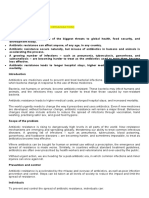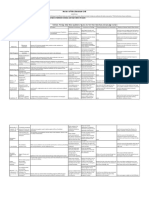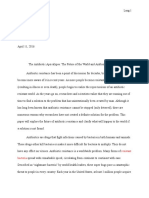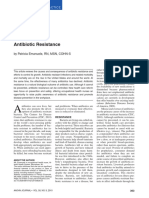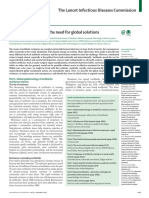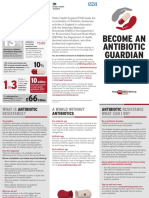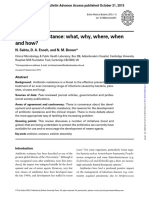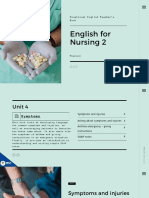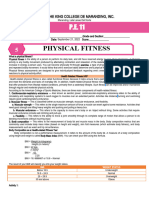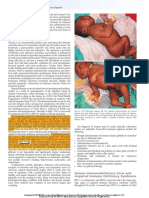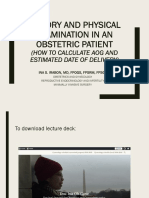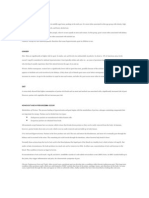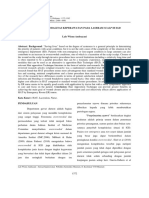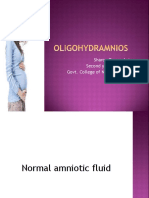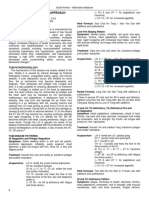0% found this document useful (0 votes)
18 views4 pagesLecture Script and Answer Key
Antibiotic resistance is a significant global health issue that complicates the treatment of bacterial infections and increases the risk of disease spread. This resistance arises from the misuse and overuse of antibiotics in both healthcare and agriculture, leading to the survival and reproduction of resistant bacteria. To combat this problem, responsible antibiotic use, proper hygiene, and ongoing research are essential, along with coordinated efforts from individuals, healthcare providers, and governments.
Uploaded by
biroglucagriCopyright
© © All Rights Reserved
We take content rights seriously. If you suspect this is your content, claim it here.
Available Formats
Download as DOCX, PDF, TXT or read online on Scribd
0% found this document useful (0 votes)
18 views4 pagesLecture Script and Answer Key
Antibiotic resistance is a significant global health issue that complicates the treatment of bacterial infections and increases the risk of disease spread. This resistance arises from the misuse and overuse of antibiotics in both healthcare and agriculture, leading to the survival and reproduction of resistant bacteria. To combat this problem, responsible antibiotic use, proper hygiene, and ongoing research are essential, along with coordinated efforts from individuals, healthcare providers, and governments.
Uploaded by
biroglucagriCopyright
© © All Rights Reserved
We take content rights seriously. If you suspect this is your content, claim it here.
Available Formats
Download as DOCX, PDF, TXT or read online on Scribd
/ 4




